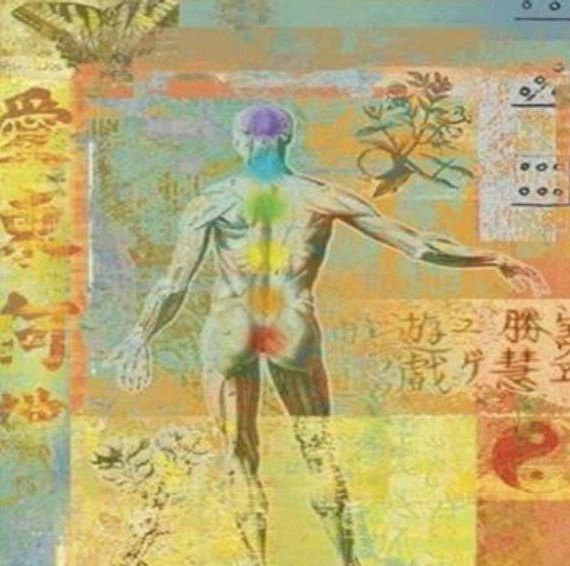
How massage therapy can help piriformis syndrome and sciatica
Piriformis syndrome can be treated with massage therapy.
Piriformis Syndrome is a disorder caused when the piriformis muscle irritates or compresses the sciatic nerve causing leg pain (both aching and shooting pains), leg numbness, leg cramps, reduced hip range of motion and pain deep in the buttocks. Many people refer to these symptoms as ‘sciatica’. Medical or neuromuscular massage therapy is a very effective treatment for piriformis syndrome and is especially helpful when combined with stretching and exercise.
The piriformis is a small but important muscle located deep in your backside, beneath the gluteus maximus. The importance of this muscle is its proximity to the sciatic nerve (the largest nerve in the body) which supplies the lower extremities with motor and sensory function. The sciatic nerve runs just under this muscle and, in up to 15% of the population, the sciatic nerve goes directly through the muscle. When this muscle is over contracted it can compress the nerve causing you lots of pain and aggravation.
Description and location of Piriformis
The piriformis is a lateral rotator of the hip. This means it is responsible, along with other muscles, for turning your leg to the outside. If you stand and lift your foot off the ground bending your knee, then turn your knee towards the outside of your body, you are laterally rotating your hip. You will find this muscle in the upper middle of your gluteal area.
All muscles are described in part by three characteristics called origin, insertion, and action. The origin and insertion are the two main points on your body where the muscle is attached, and the action is movement the muscle performs. These are called the O’s, I’s, and A’s of the muscle. For the piriformis the O’s, I’s, and A’s are as follows:
Origin – Anterior surface of the sacrum. The sacrum is the flattish part of your spine just above your tail bone or coccyx.
Insertion – Greater trochanter of the femur (the ball shaped top of your femur (thigh) bone on the outside of your leg).
Action – Lateral rotation of the hip (described above) and to a lesser extent, abduction of the hip (moving the leg directly away from the body to the outside).
If you have symptoms of piriformis syndrome, it is important to be aware that several other, more serious disorders can cause some or all of the symptoms mentioned above. These include herniated discs, spinal stenosis, and more. Always check with your doctor to diagnose and treat any medical problems. If you do suffer from piriformis syndrome, medical massage as part of a comprehensive treatment plan, can eliminate the symptoms in many patients. As massage “releases” tight muscles, it is obvious that conditions caused or irritated by tight muscles can effectively be
treated with the proper type of massage therapy. A comprehensive treatment plan may consist of massage therapy, stretches, proper nutrition, and in some cases medication and physical therapy. The most important thing to remember is that in almost all cases pain can be reduced or eliminated by proper diagnoses and treatment of your condition. Don’t feel you have to suffer with pain because you have had poor results in the past. This is a very treatable condition with medical massage therapy being a critical element in the overall treatment plan.
IMPORTANT – The above information is general advice only. You should always consult with a doctor for any specific medical advice.
